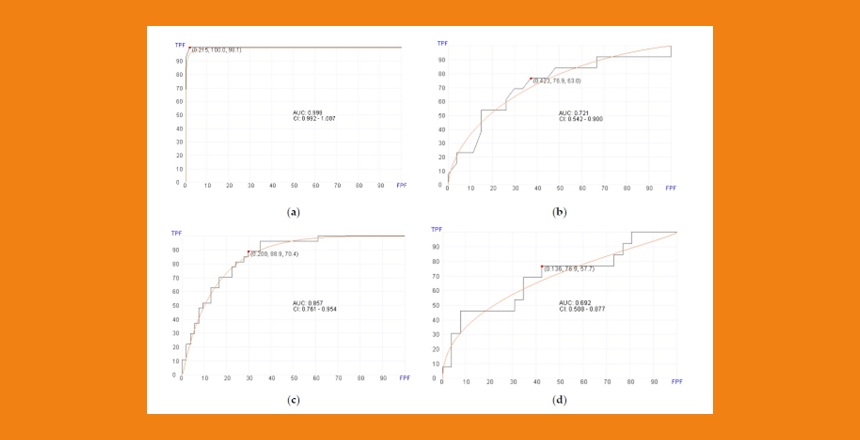by Scott D. Rowley 1,2,*,Thomas S. Gunning 3,Michael Pelliccia 3,Alexandra Della Pia 2,Albert Lee 3,James Behrmann 3,Ayrton Bangolo 3,Parul Jandir 3,Hong Zhang 4,Sukhdeep Kaur 2,3,Hyung C. Suh 2,3,Michele Donato 2,3,Maher Albitar 4 andAndrew Ip 2,3
1 Georgetown University School of Medicine, Washington, DC 20007, USA
2 John Theurer Cancer Center, Hackensack, NJ 07601, USA
3 Hackensack Meridian School of Medicine, Nutley, NJ 07110, USA
4 Genomic Testing Cooperative, Irvine, CA 92618, USA
* Author to whom correspondence should be addressed.
Cancers 2024, 16(7), 1357; https://doi.org/10.3390/cancers16071357
Submission received: 21 February 2024 / Revised: 27 March 2024 / Accepted: 28 March 2024 / Published: 29 March 2024
(This article belongs to the Section Molecular Cancer Biology)
Simple Summary
Acute graft-versus-host disease (aGvHD) remains a major cause of morbidity and mortality after allogeneic hematopoietic stem cell transplantation (HSCT), occurring to some degree in over 50% of patients and being a direct cause of death in about 20% of patients. This complication occurs even despite a better understanding of donor selection and GvHD prophylaxis regimens. aGvHD is a complex event in which multiple contributing factors are involved. We performed RNA transcriptome analysis of 1408 genes in bone marrow samples obtained before and after transplantation using machine learning to predict the risk of aGvHD and post-transplant survival for a cohort of patients undergoing HSCT. Differential gene expression identified several signaling pathways in the bone marrow microenvironment that may be major regulators of the complex biology of GvHD, and identified targets of intervention to ameliorate the risk of aGvHD and improve patient survival.
Abstract
Acute graft-versus-host disease (aGvHD) remains a major cause of morbidity and mortality after allogeneic hematopoietic stem cell transplantation (HSCT). We performed RNA analysis of 1408 candidate genes in bone marrow samples obtained from 167 patients undergoing HSCT. RNA expression data were used in a machine learning algorithm to predict the presence or absence of aGvHD using either random forest or extreme gradient boosting algorithms. Patients were randomly divided into training (2/3 of patients) and testing (1/3 of patients) sets. Using post-HSCT RNA data, the machine learning algorithm selected 92 genes for predicting aGvHD that appear to play a role in PI3/AKT, MAPK, and FOXO signaling, as well as microRNA. The algorithm selected 20 genes for predicting survival included genes involved in MAPK and chemokine signaling. Using pre-HSCT RNA data, the machine learning algorithm selected 400 genes and 700 genes predicting aGvHD and overall survival, but candidate signaling pathways could not be specified in this analysis. These data show that NGS analyses of RNA expression using machine learning algorithms may be useful biomarkers of aGvHD and overall survival for patients undergoing HSCT, allowing for the identification of major signaling pathways associated with HSCT outcomes and helping to dissect the complex steps involved in the development of aGvHD. The analysis of pre-HSCT bone marrow samples may lead to pre-HSCT interventions including choice of remission induction regimens and modifications in patient health before HSCT.
Keywords:
allogeneic transplantation; acute GvHD; post-transplant survival; transcriptomics; machine learning; signaling pathways


